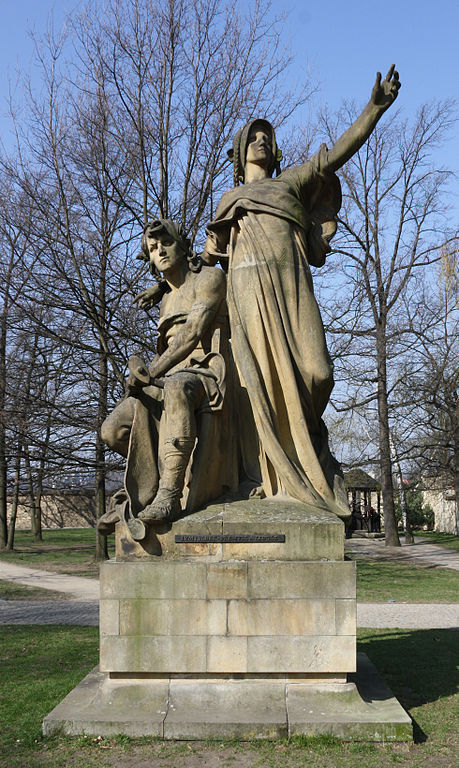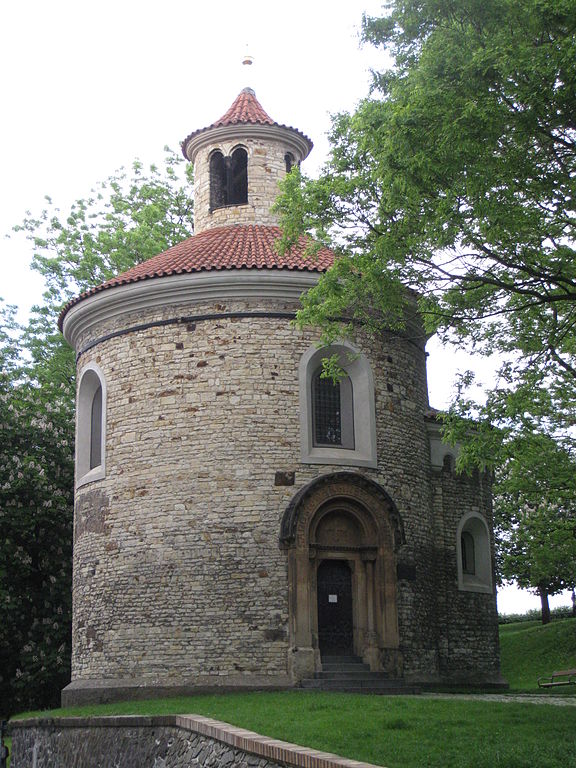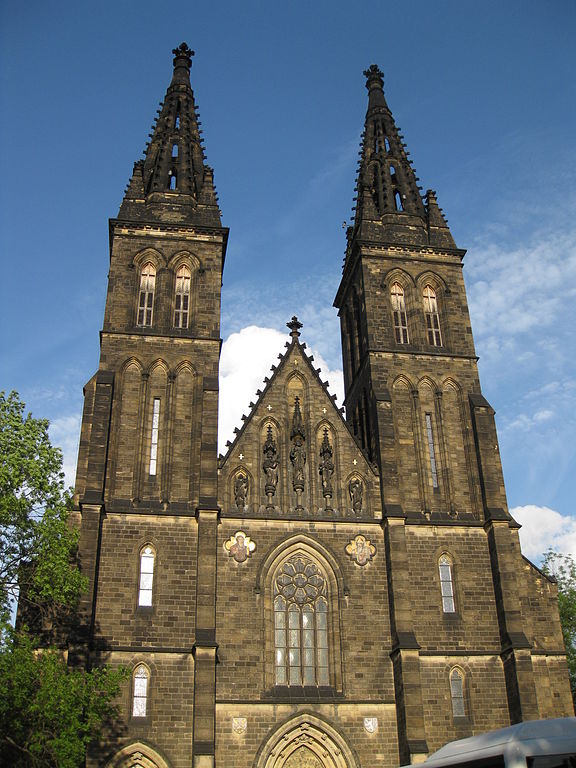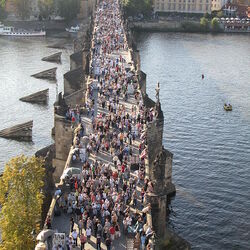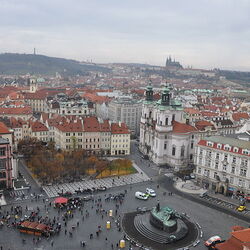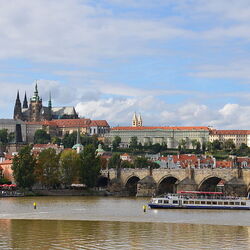Visegrad
Visegrad is one of the oldest fortresses in the Czech Republic, as well as the historical center of Prague. The fortress is located on a hill with a stunning view of the Czech capital.
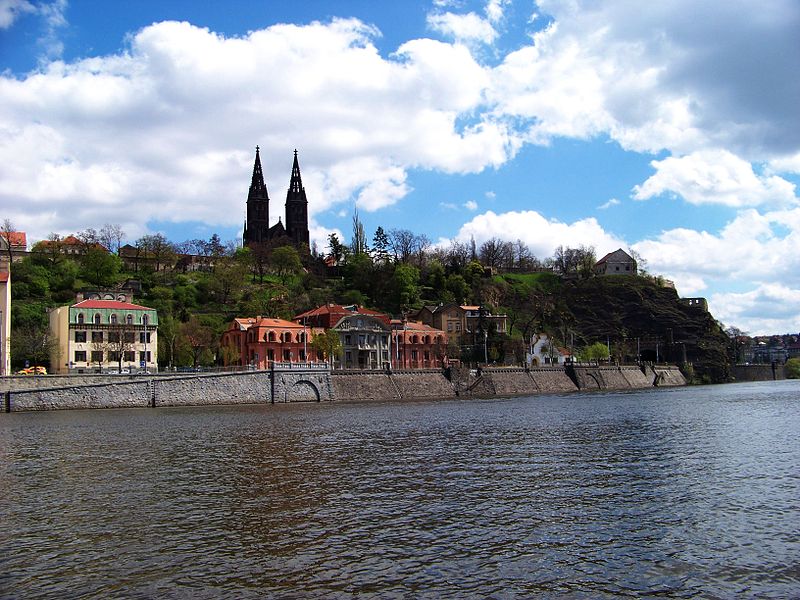
History of the fortress
The fortress began to be built back in the 10th century for protection. Visegrad at that time was one of the political centers of the country, the other was on the opposite side of the river in Prague Castle. Coins were minted here, churches were built, and a series of reforms by Vratislav II allowed the clergy of the fortress to secede from the Prague bishopric and become independent. After the completion of the fortress in the 11th century, its importance declined.
Everything changed after Charles IV came to power, when Prague became the residence of the Holy Roman Emperors. Large-scale construction work began in the city, and the emperor also wanted to revive the former greatness of Visegrad. To do this, he restored the Royal Palace, improved the fortress's defenses, and connected it to the new district of Nove Mesto (founded in 1348). By decree of Charles IV, it was possible to enter the city from the south side only by passing through Visegrad. The old church was demolished and a new basilica was built. The solemn procession at the coronation of the Czech kings now began here and, passing through several districts of the city, ended in Prague Castle. At the same time, each king had to bow to the founder of the first princely dynasty of Czech kings, Przemysl. According to legend, the first prince was a simple plowman, and he was enthroned by a clairvoyant and a princess of the Czech tribe, Libushe, who later became his wife. Shoes and a bag that used to belong to the first Prince of the Czechs were kept in the fortress. Similarly, the kings should have realized that their ancestor was a simple farmer.
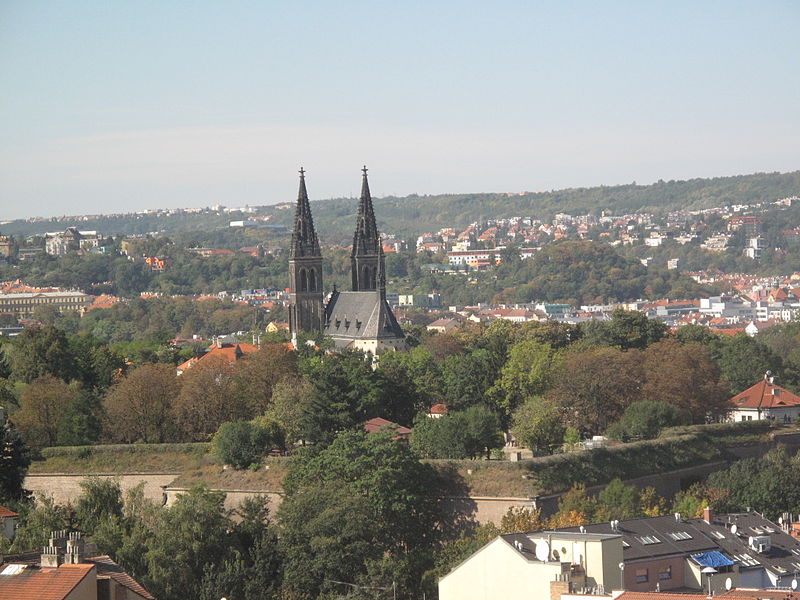
After the death of the emperor, interest in Visegrad dropped sharply and now the area was developing only as a fortress. In the 17th century, the fortress was rebuilt, and in 1866 it was closed. Later it was decided that only prominent personalities of the country could be buried in the cemetery at the basilica.
Attractions
There are many interesting sights here. Among them is the Basilica of Saints Peter and Paul, which has been completely rebuilt several times in its history and has acquired a completely different look. According to legend, King Vratislav II wanted the church to look like St. Peter's in the Vatican, for this he requested permission from the Pope. After receiving it, he built a temple that was similar to the Vatican even in decoration. Later, during one of the battles, the temple was severely damaged, then rebuilt several times. The basilica acquired its current appearance in 1885 after reconstruction.
To see Prague, you need to go to the observation deck, which offers stunning views of the city. Special attention should be paid to the gates of the fortress, made in different eras and different styles. The fortress has a rotunda of St. Martin, built in the 11th century, but preserved in good condition. Ancient frescoes can be seen inside. No less interesting will be the numerous monuments and sculptures of Visegrad.

